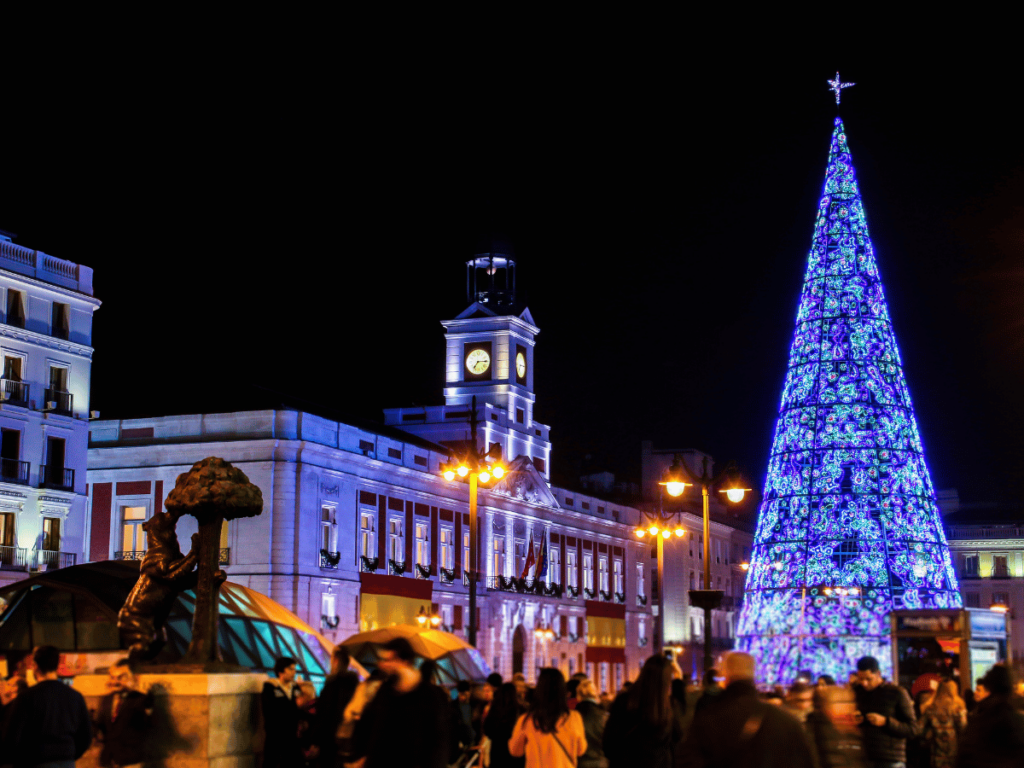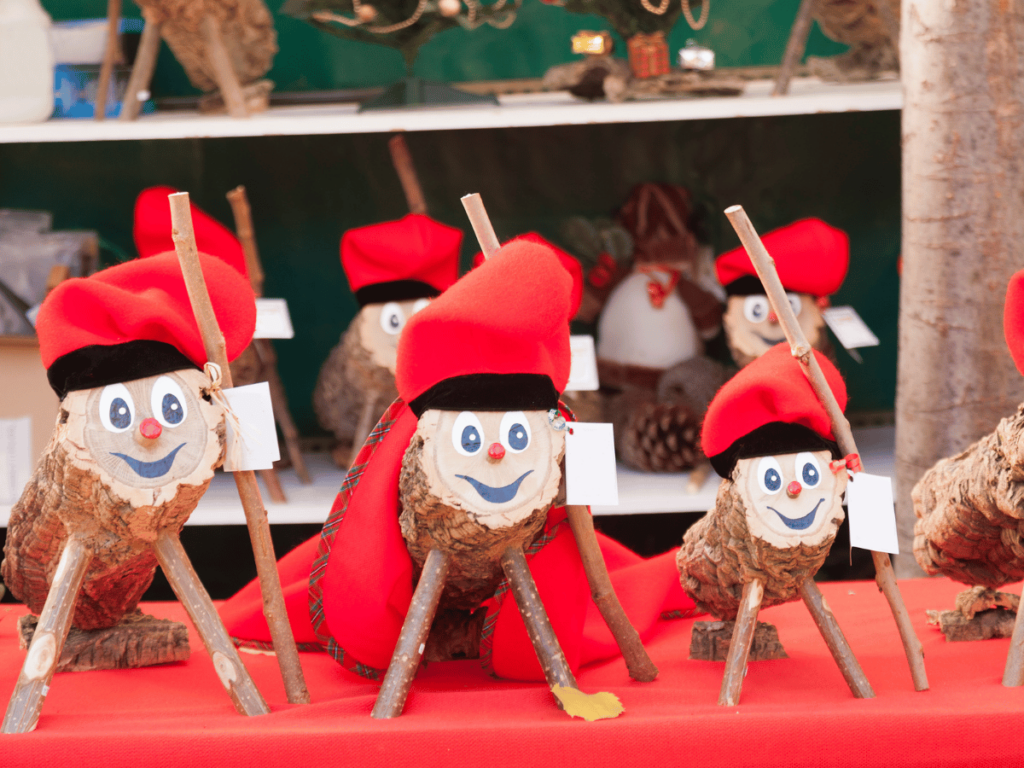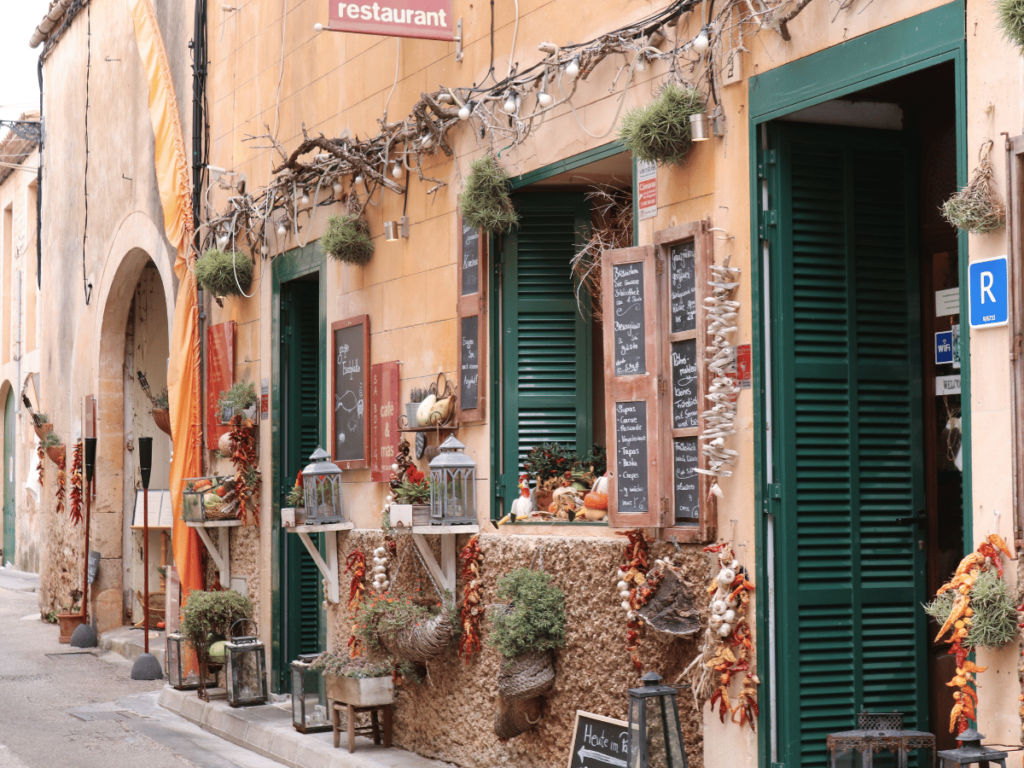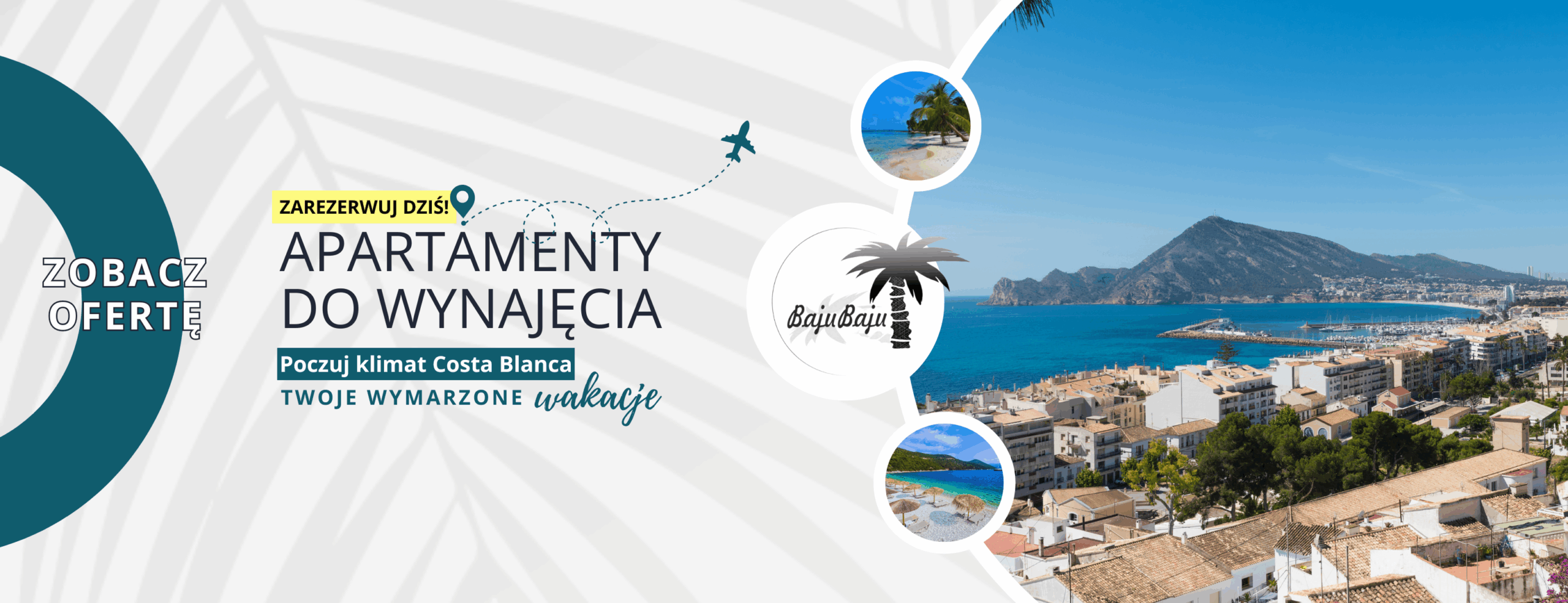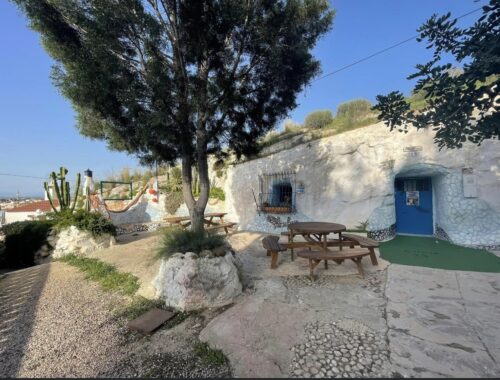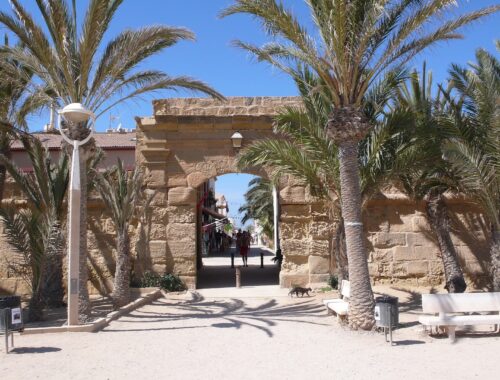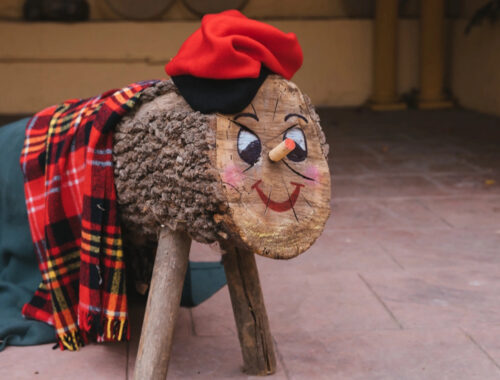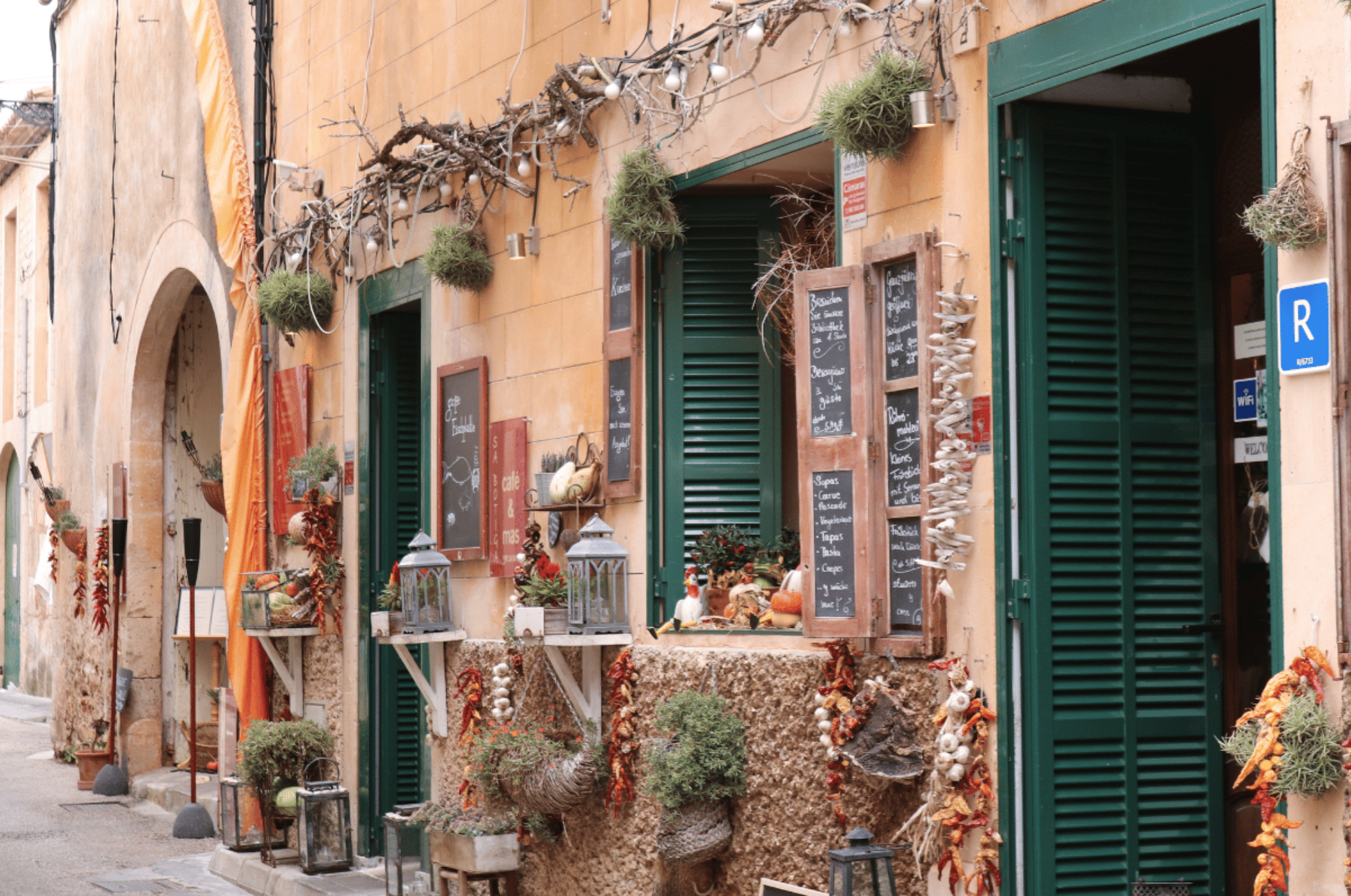
Christmas in Spain: From Advent to New Year
Hiszpańskie Święta Bożego Narodzenia to barwna mozaika tradycji, która zaskakuje swym bogactwem i różnorodnością. Prześledźmy ten czas od pierwszych adwentowych dni, aż po noworoczne świętowanie.
Początek Grudnia: Adwent i przygotowania
Grudzień w Hiszpanii rozpoczyna się od adwentowych przygotowań. Ulice miast, takich jak Alicante czy Valencia, rozświetlają świąteczne iluminacje, a domy przystrojone są kolorowymi dekoracjami. Najbardziej charakterystyczną ozdobą, którą zobaczycie na każdym kroku, jest Portal de Belén – tradycyjna świąteczna szopka. Hiszpanie każdego roku dokupują nowe figurki i elementy, tworząc coraz bardziej rozbudowane i szczegółowe sceny. Troska o każdy detal i pasja, z jaką podchodzą do tego zwyczaju, sprawiają, że szopki Belén stają się prawdziwymi dziełami sztuki!
22 Grudnia: El Gordo – Świąteczna loteria
22 grudnia to dzień, kiedy cała Hiszpania z wypiekami na twarzy śledzi losowanie El Gordo, największej loterii świątecznej w kraju! To moment pełen emocji, który oficjalnie zapowiada początek świątecznego sezonu. Więcej o tym szczególnym wydarzeniu przeczytacie w naszym ostatnim artykule:
24 Grudnia: Wigilia
W Hiszpanii Wigilia, zwana Noche Buena, to prawdziwe święto kulinarnych doznań! Stoły uginają się pod ciężarem wyśmienitych owoców morza – gambas, langostinos, cigalas, a także innych morskich przysmaków, które zachwycają zarówno smakiem, jak i wyglądem. Nie brakuje również dań dla miłośników mięsa: podstawą jest baranina lub tradycyjny pieczony prosiaczek, znany jako cochinillo. A dla tych, którzy preferują coś bardziej wykwintnego, na stole pojawia się polędwica wołowa lub bycze ogony.
Wigilijne ciasta w Hiszpanii to prawdziwe dzieła sztuki cukierniczej. Zamiast domowych wypieków, na stołach króluje tronco de navidad – rolada przypominająca kształtem ścięty pień drzewa. Intrygującymi słodkościami są tu również turrony i polvorones – wyroby z migdałów, które stanowią idealne zakończenie świątecznej uczty.
Co ciekawe hiszpańskie kolędy, zwane villancicos, często śpiewane są przez dzieci a sam tekst jest dość prosty i infantylny. Mimo wszystko, zapewniają one radosną atmosferę i są nieodłącznym elementem świątecznej tradycji.
25 Grudnia: Boże Narodzenie
Dzień Bożego Narodzenia w Hiszpanii często spędzany jest poza domem. Zamiast przygotowywać kolejne dania, rodziny wybierają się do restauracji, aby cieszyć się wspólnym czasem – bez konieczności spędzania godzin w kuchni.
28 Grudnia: Día de los Santos Inocentes
28 grudnia w Hiszpanii obchodzony jest Día de los Santos Inocentes, dzień żartów i psot. To czas, kiedy zarówno w mediach, jak i w codziennym życiu, Hiszpanie płatają sobie drobne figle.
31 Grudnia: Sylwester – Nochevieja
Sylwester, czyli Nochevieja, w Hiszpanii to czas niezapomnianych zabaw. Zwyczaj zjadania winogron przy każdym z dwunastu uderzeń zegara to moment pełen magii, a radość z powitania Nowego Roku trwa tu aż do świtu.
6 Stycznia: Święto Trzech Króli – Reyes Magos
Dzień Trzech Króli to kulminacyjny punkt hiszpańskich świąt Bożego Narodzenia. To właśnie tego dnia dzieci otrzymują większość prezentów, które w Polsce dostaje się na Wigilię. Co istotne, drobiazgi przynoszą Trzej Królowie, a nie Święty Mikołaj. Barwne parady, znane jako La Cabalgata de Reyes Magos, przyciągają tłumy na ulice, a radosna atmosfera wypełnia miasta i wioski.
Summary
Hiszpańskie Boże Narodzenie, pełne kolorowych tradycji, pysznych potraw i rodzinnej atmosfery, to niepowtarzalne doświadczenie, które zaskakuje swoją różnorodnością i bogactwem kulturowym. Jeśli marzą Wam się magiczne święta – zapraszamy do rezerwacji naszych urokliwych apartamentów na Costa Blanca!¡Feliz Navidad y nos vemos allí!🎄🌟🇪🇸
